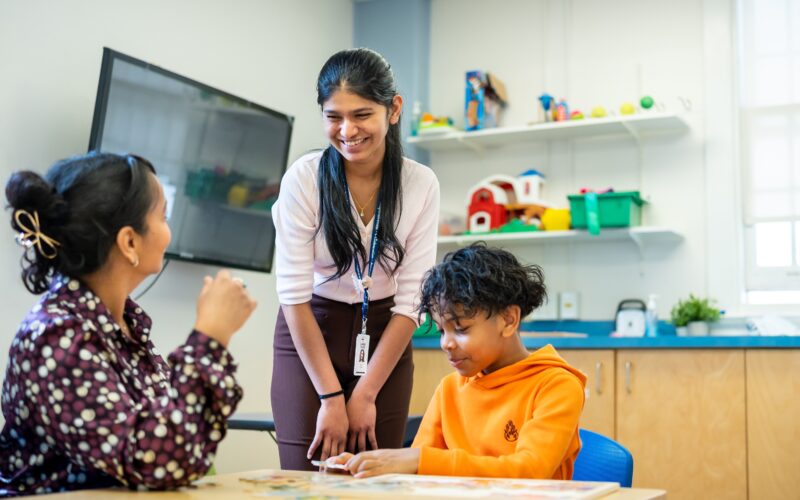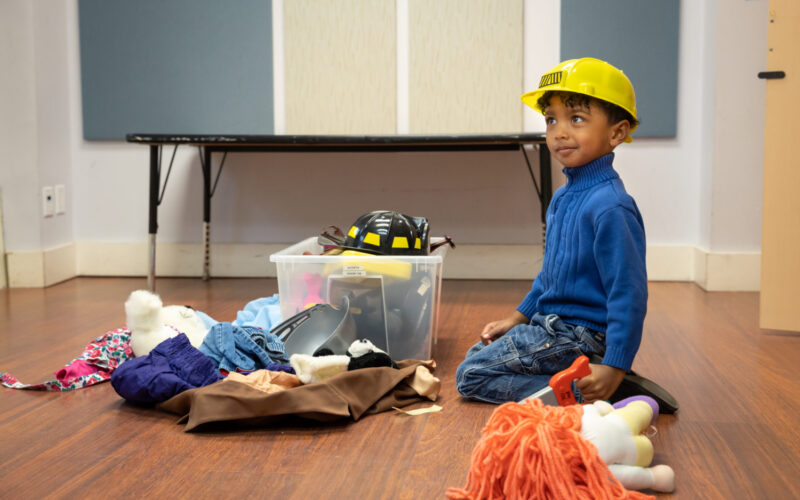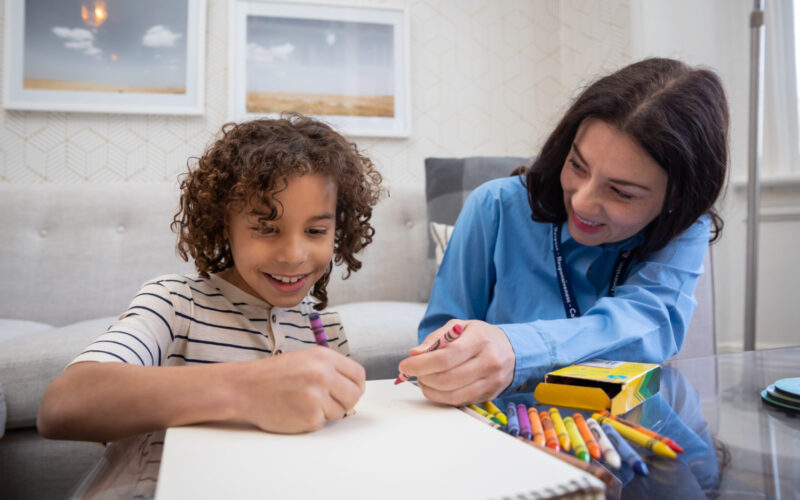Tips for Creating Natural Learning Opportunities at Home
OCTOBER 13, 2020
Learning at home allows children to develop and practice skills in the setting where they will use them most. Caregivers can use various strategies to facilitate opportunities for learning throughout their child’s everyday routines. Naturalistic teaching also supports the generalization of skills across different environments, so children are able to use skills they learn in one setting and apply them appropriately in another.
THE BENEFITS OF CREATING NATURAL LEARNING OPPORTUNITIES
- Skills can be taught and practiced in the contexts where they will be used
- Learning is more functional and relevant (useful!) to your child
- Having your child’s favourite items built into the learning activity makes things more fun
- You don’t need any special materials or more time
- You can build this type of learning into your daily routines, activities, and play
- Your child is more likely to remember and use the skills being taught
- Teaching can be applied to a variety of skills and levels
- Select the skill(s) you want to teach. Consider speaking to your child’s therapist or teacher to determine which skills your child needs to practice while at home
- Plan ahead. Identify what time of day, or during which routines, you want to practice certain skills. Skills should be practiced in related routines (e.g., brushing teeth during morning routine)
- Set up a space for learning. If your child is easily distracted, consider setting up a play area or space in your home free of distractions (e.g., sounds, lights, too many toys) and clutter
- Gather the necessary materials and keep them close by. Make sure to have motivating items available to capture teaching opportunities. Rotate the toys and materials you teach with to keep the learning interesting
- During morning routines. Practice dressing skills by giving your child the opportunity to put things on by themselves, help them only when needed
- When on the playground. Practice greetings by saying hi to others and having your child copy you. Practice introducing yourself to new people by modeling the steps and helping your child to do the same (i.e., “Hi, my name is ___, what’s your name?”).
- When in the bath. Teach the names of items by putting a variety of bath toys in the water asking your child to find them (i.e., “Where’s the boat?”)
- When eating a snack. Practice asking for more by only giving your child some of their snack and helping them to ask for more. For example, put a few Goldfish crackers in a bowl, and hold onto the bag where they can see more are available
Use reinforcement: You can increase the likelihood that a skill will occur again if you reward your child as soon as the skill is performed. When your child does the skills you are teaching, reward this by giving immediate access to an item they really enjoy!
- When your child does the skills you are teaching, reward this by giving immediate access to an item they really enjoy!
- Say supportive things to them when they need your help and when they do it by themselves. For example, “You’re trying so hard! Keep going!”, or “Yay! You asked for grapes!”
Support learning with prompts: You can help your child do a skill by prompting them.
- When your child is showing difficulty with a skill, provide just enough support for them to do it correctly, increase the help if they need it, but then make sure you back off the next time – this will show you if they’ve learned to complete the task on their own!
- Examples of prompts are physical (i.e., guiding their hand), verbal (i.e., giving them the words to repeat), using gestures (i.e., pointing), or modelling (i.e., acting out the skill for them to imitate)
Use visual supports, like picture schedules or first-then boards, to help your child participate with you.
- Teaching at home may be new for your child but using pictures to support their learning may help them adjust and stay on-task
- See our tip sheet on Using Visual Schedules for more information!
- Carbone, V. J. (2017). Natural Environment Teaching. Retrieved from Carbone Clinic.
- Dvortcsak, A., & Ingersoll, B. (2010). Teaching social communication to children with autism (2 book set): A practitioner’s guide to parent training and a manual for parents (1st ed.). Guilford Press.


